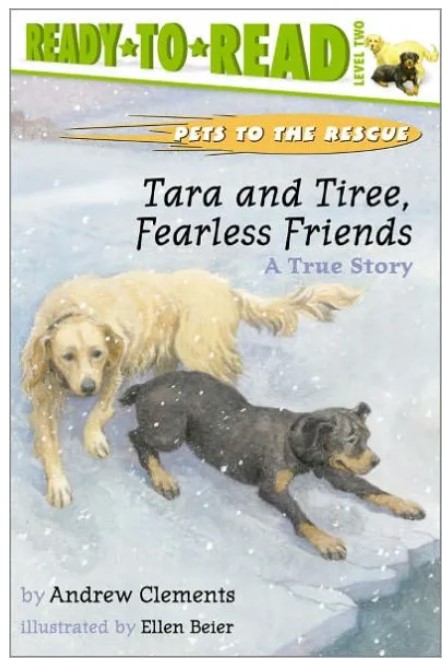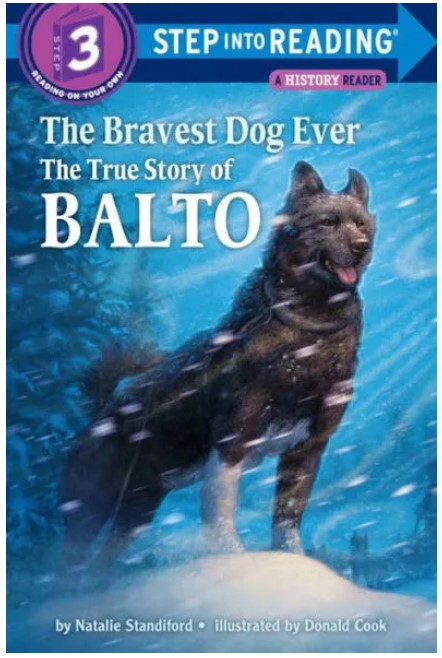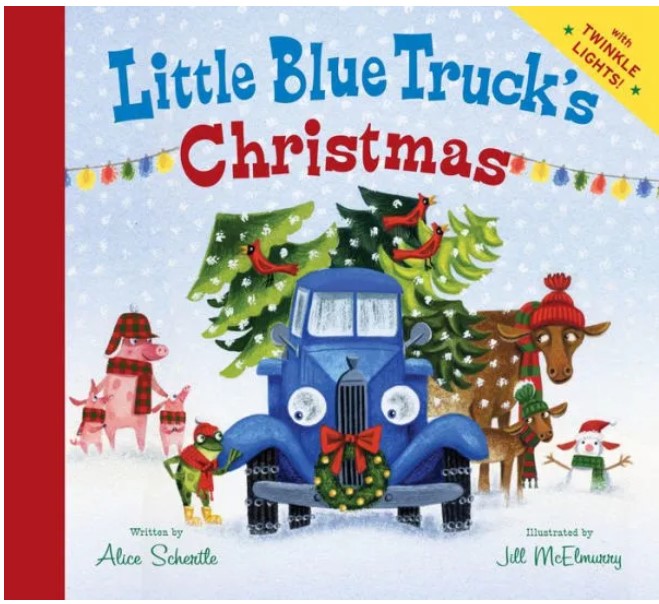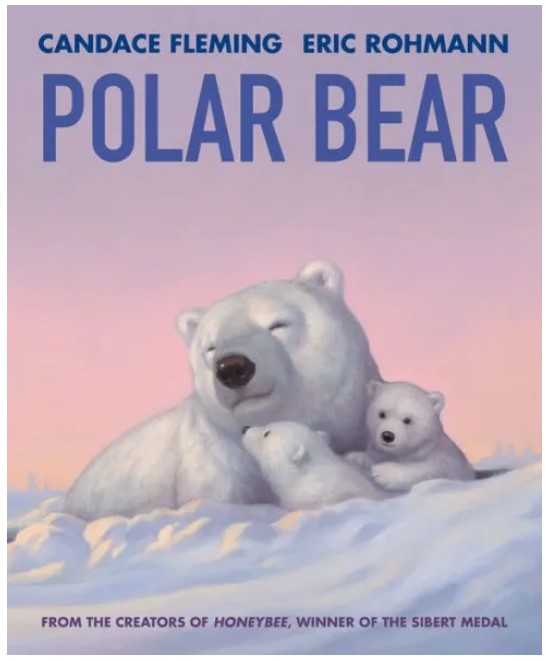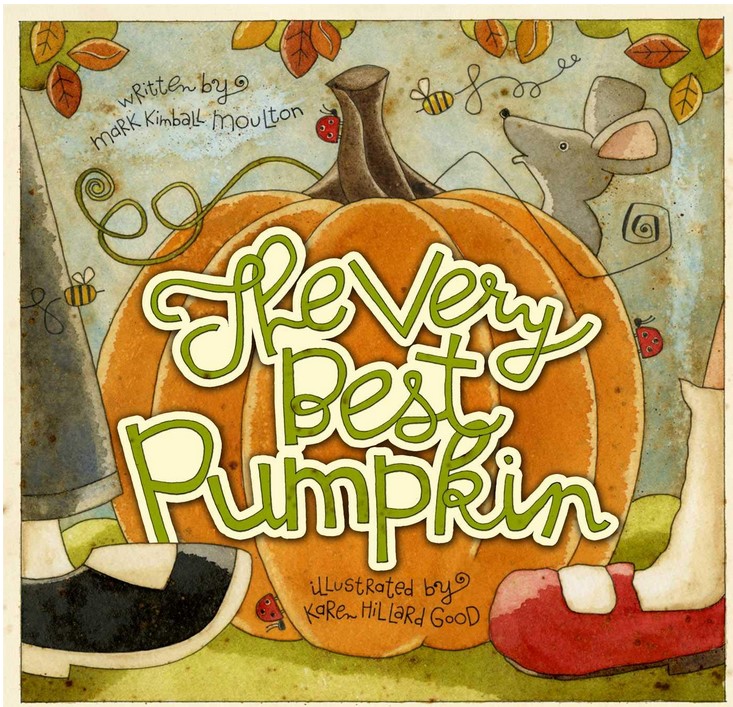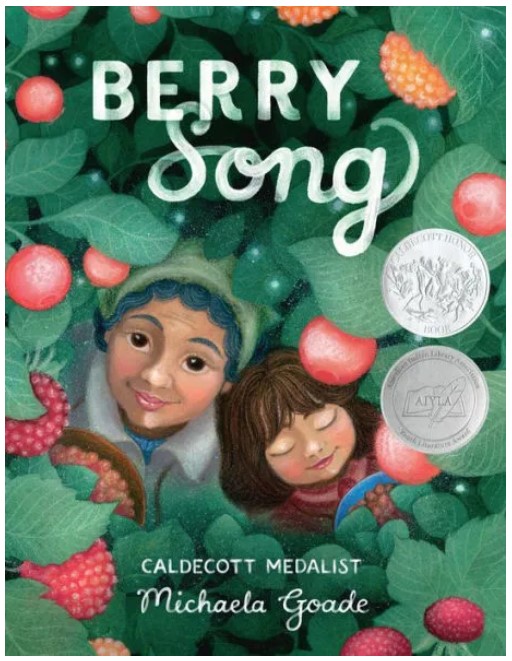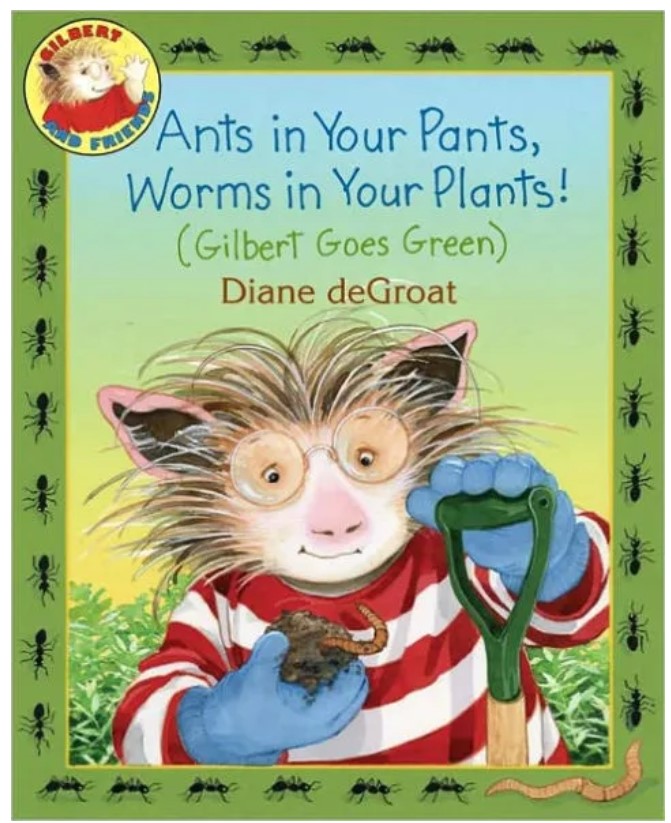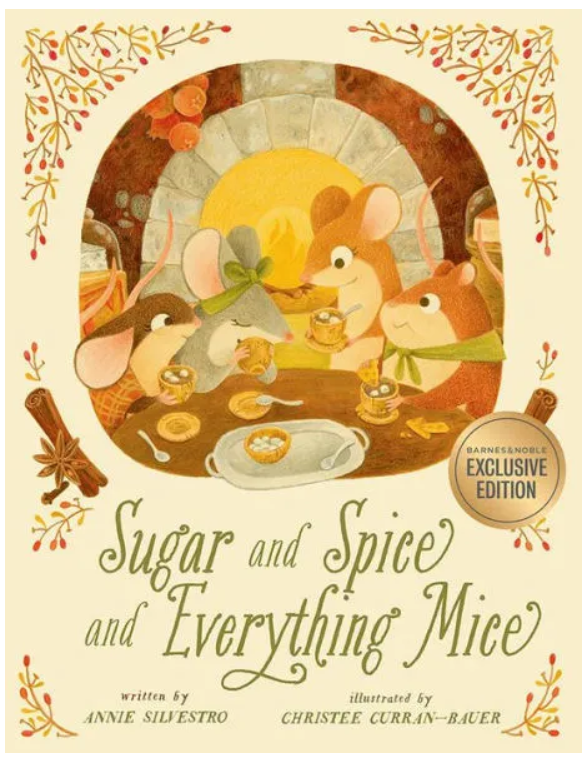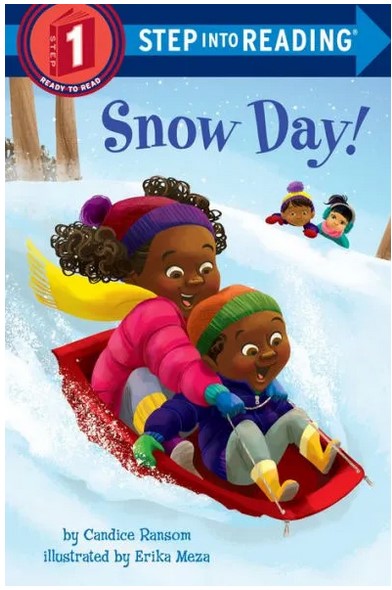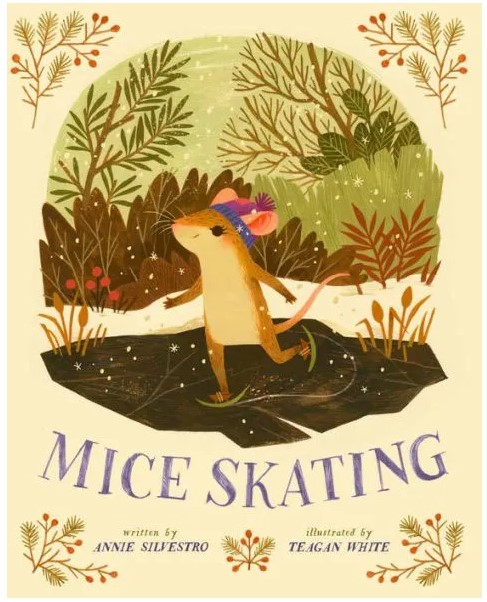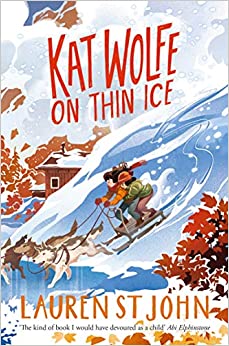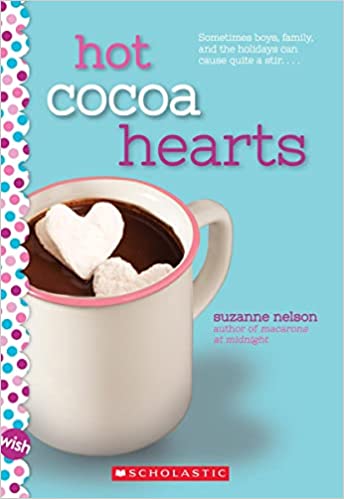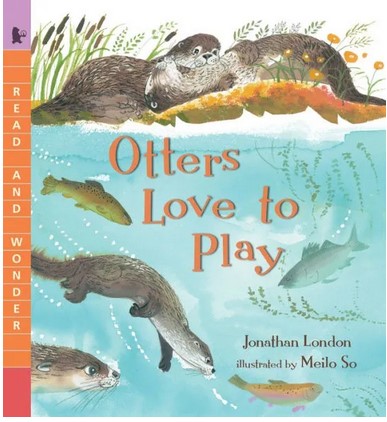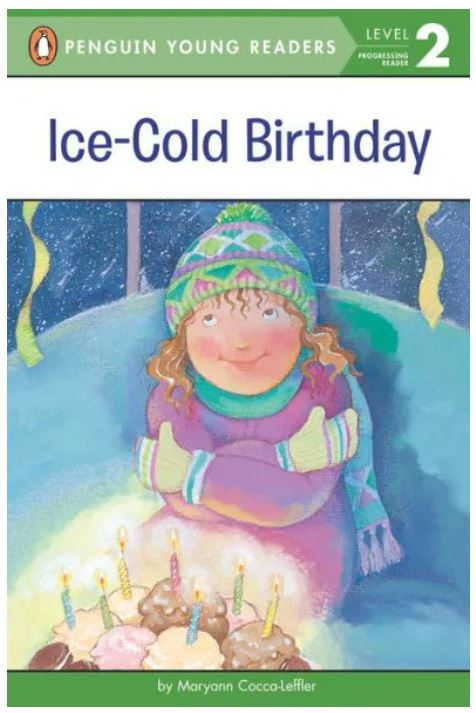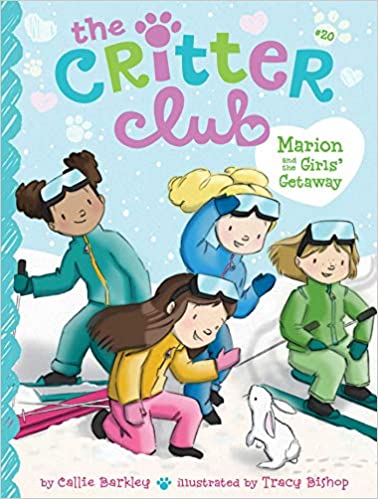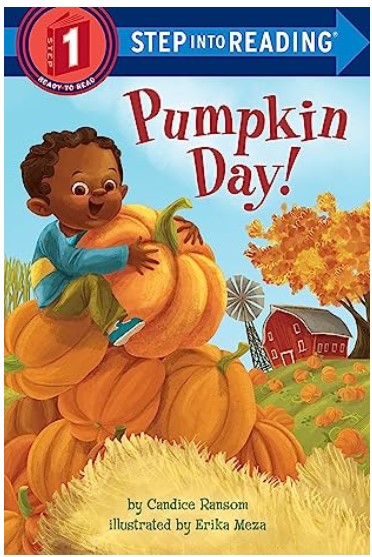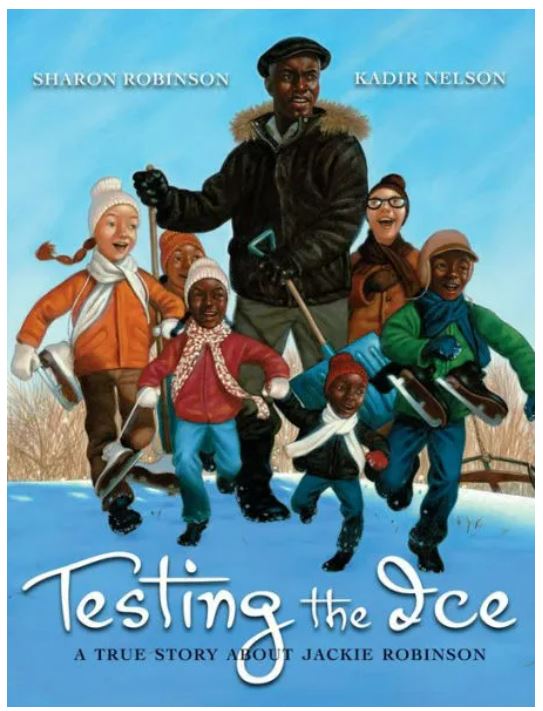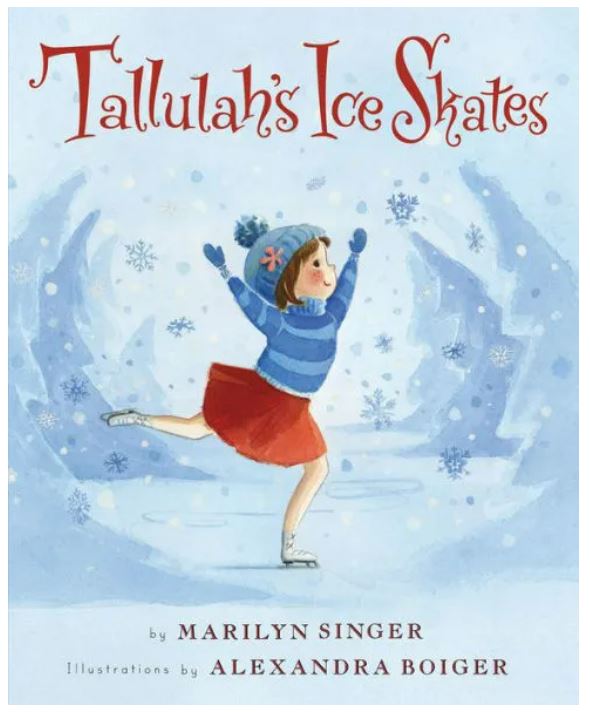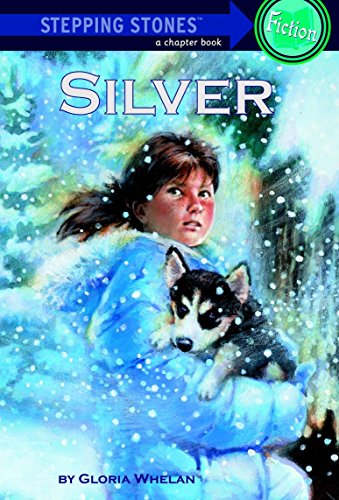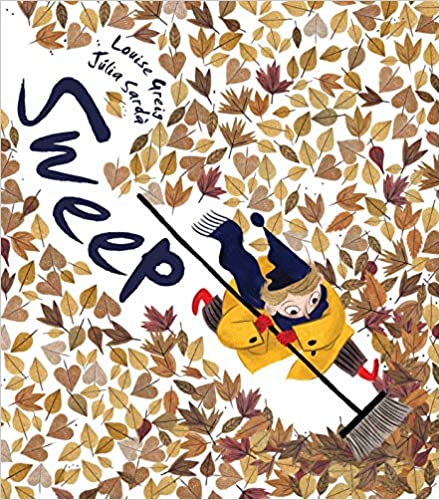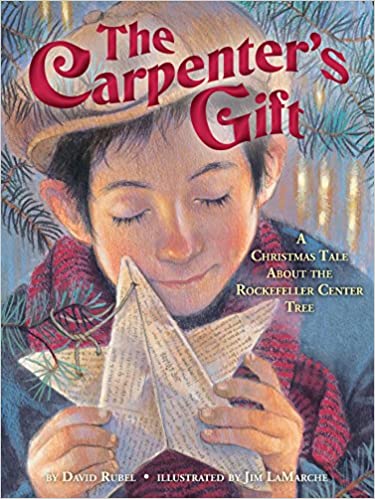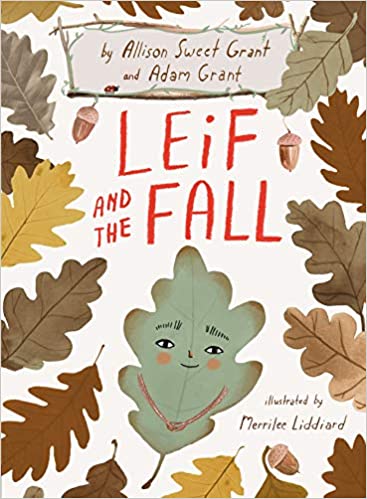At the first snowfall of winter, a young girl and her family begin a yearly tradition: they jot down everything they are thankful for on strips of paper. These strips are then assembled into “thankful chains,” which decorate the family’s house giving comfort during the cold months. While the chains are easy to make, the girl finds herself stumped as she faces the blank pieces of paper. It’s difficult to list all the things she has been thankful for during an entire year. The girl decides to start with the things in her room, like her bed and her books. By finding the value and comfort in these small things, she is able to find more things to be thankful for than she believed.
Thankful is a moving and inspiring book by award-winning author Elaine Vickers. The girl’s exercise allows her to fully appreciate the value of the little things in her life, which have wider effects on her than she realized. Looking about her room, she realizes she is thankful for her dog, who comforted her before her first day of school. This small act helped the girl understand that her nerves were perfectly natural. The girl finds that she is thankful for pen and paper, which let her create stories and express her creativity. By the end of her exercise, the girl’s chain is longer than she had expected.
The book is accessible to younger readers, with simple vocabulary and only one to six short sentences per page. Vickers’ lullaby-like prose is perfectly matched by Samatha Cotterill’s stunning illustrations. Characters are drawn on cutout pieces of paper, then placed in studio-lit, hand-made dioramas, mixing traditional illustration with photography. Cotterill’s style is a perfect match for Vicker’s story: familiar and comforting elements portrayed in a way you have never seen before.
Thankful is a warm story that invites readers to find value and beauty in their everyday lives. Thankful is an excellent pick if you are looking for a comforting nighttime read with a strong message.
Sexual Content
- None
Violence
- None
Drugs and Alcohol
- None
Language
- None
Supernatural
- None
Spiritual Content
- None

